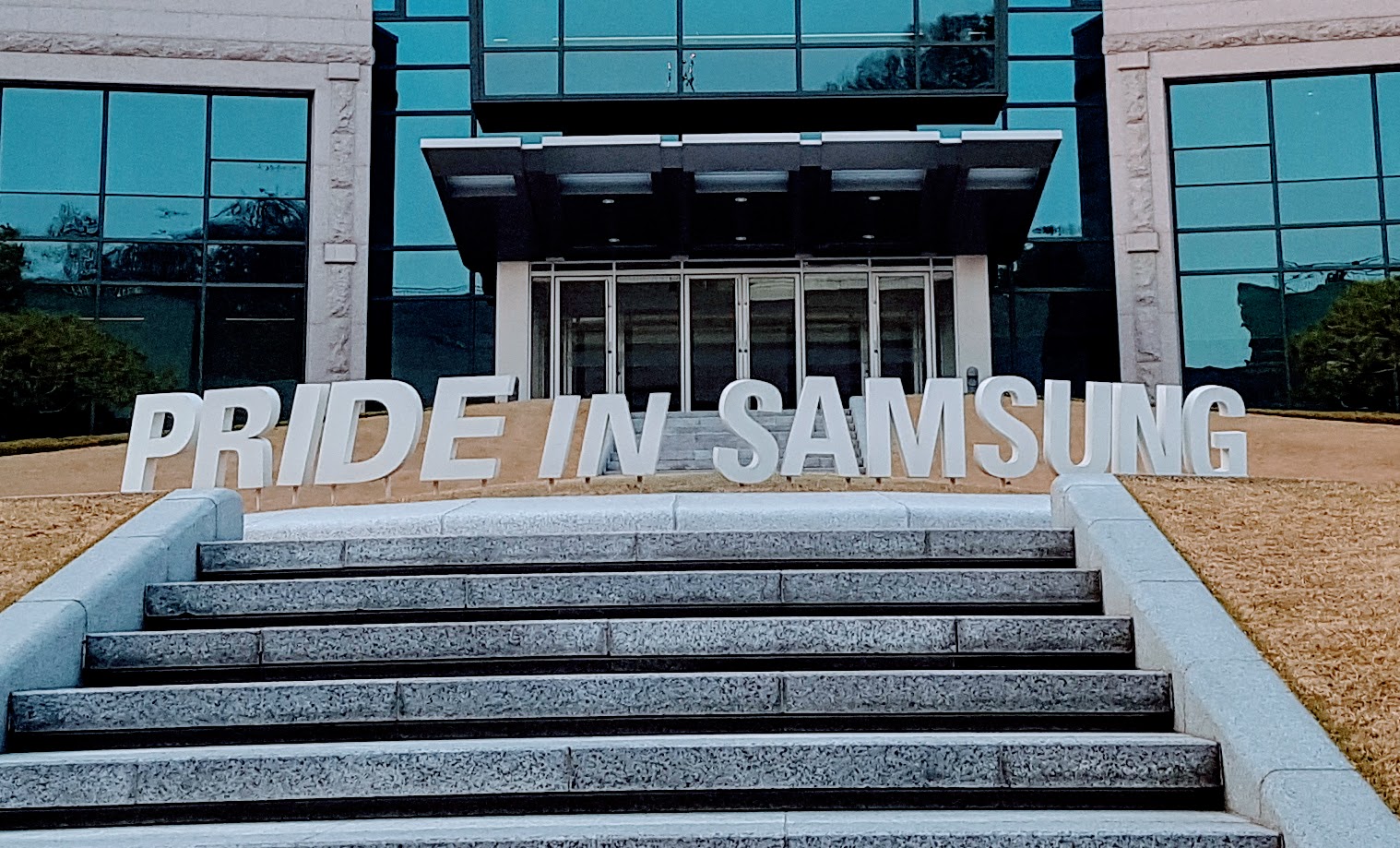Today I gave a presentation to senior management about ways we can streamline and improve the text on Samsung phones. I can’t and shouldn’t go into detail, but there are specific things we can do to make our phones more intuitive, limit interruptions, and reduce confusion and uncertainty.
Samsung sells something close to 80 million phones every quarter. Estimating that the average lifespan of each phone is about two years (there are statistics that suggest this is conservative), that means that there should be more than 600 million Samsung phones in circulation at any given time.
Now, imagine that the work we’re doing manages to save each Samsung user, on average, ten seconds during the entire two-year lifespan of the phone. That’s not much — just one or two moments of uncertainty wiped away as you poke around settings or try to open an app for the first time. That comes out to 6 billion seconds, or about 190 years. And if the changes we make manage to shave off, say, 100 seconds over the two-year life of the phone, that’s 1900 years of user time we save.
A couple of millennia. That’s an astonishing thought.
And sure, maybe it’s just 1900 extra years people will spend on Instagram and Snapchat, but it’s still something. When you’re working at scale, small improvements matter.

